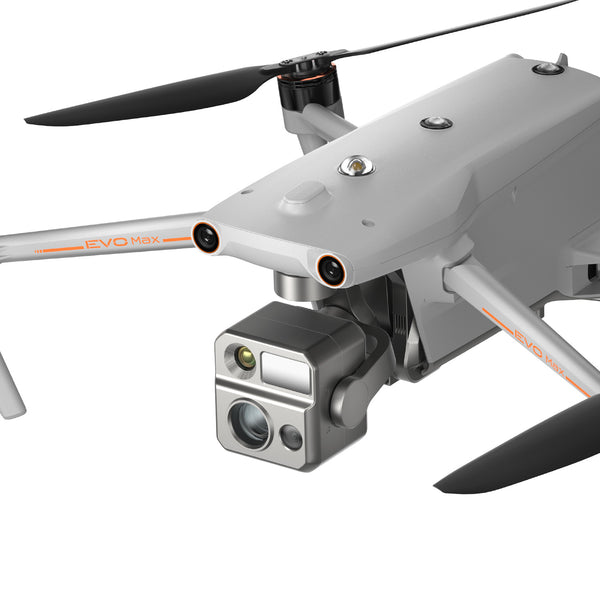Drones have revolutionized industries from aerial photography to environmental monitoring, providing unparalleled viewing and data collection capabilities. High-definition camera drones can capture bright daytime images, while thermal imaging drones can detect thermal images in the dark of night that are invisible to the naked eye.
But in scenarios such as surveillance, search and rescue, or nighttime law enforcement operations, we often encounter a question: Can drones see through glass?

Before we answer whether drones can see through glass, we must understand the imaging technology used by drones. Drones are equipped with a variety of sensors and cameras, each with different functions:
1.RGB standard camera: Most consumer drones are equipped with high-resolution cameras that can capture detailed images and videos. These drone cameras are sensitive to reflections and lighting conditions and have a strong demand for light conditions.
2.Thermal imaging camera: Infrared thermal imaging drones can detect heat signals to generate thermal images. Thermal images can clearly reflect the heat changes of the objects being photographed, and they are also applicable at night.
3. LiDAR and multispectral technology: LiDAR technology uses laser pulses to create detailed 3D maps of the environment. Multispectral cameras capture data beyond visible light (such as infrared or ultraviolet).
4. Starlight or low-light cameras: Starlight camera drones can capture clear images in extremely low light conditions, which is very useful for law enforcement operations at night.
How do different drones capture glass?
For high-definition camera drones, night operations without sufficient light sources will only make everything look pitch black. If there is a light source inside the glass object, the camera image will only focus on the place where the light is coming out, and even capture a large exposure image, while other places will still be pitch black.
Standard glass is basically opaque to infrared wavelengths (8-14 microns). Thermal imaging drones will also affect the transmittance and infrared penetration due to glass reflection and coating, and there are almost no correct values.
When the glass object is in a closed area, the light is reorganized and the reflection is minimized, and the starlight camera drone can penetrate the glass to the greatest extent to capture the internal scene. The complete and clear night picture is almost incomparable with other camera drones.
Practical Application of Drones Through Glass
The best drone for imaging through glass is Autel EVO MAX 4N. The drone gimbal includes a wide-angle camera, infrared thermal imaging camera, starlight camera, and laser rangefinder, which can be used for a variety of tasks.

When the EVO MAX 4N performs nighttime missions, the starlight camera can clearly capture the number of people and the situation inside the car through the car glass during the police and criminal car chase, providing real-time situational awareness data for the commander.
When the EVO MAX 4N performs nighttime fire rescue missions, the starlight camera can display the interior of the building through the house glass, presenting a real visual effect and providing the best on-site live information for rescue operations.

Autel Robotics EVO MAX 4N Rugged Bundle
$12,599.00 USD
During nighttime search and rescue operations, the starlight camera drone can locate trapped people through the interior of a building or vehicle, and the combination of thermal imaging and starlight cameras can also identify heat signals or movement through partially transparent glass.
View More: Autel EVO MAX 4N Starlight Camera Drone Enhances Search and Rescue Missions
Legal and privacy issues of drone surveillance through glass
Law enforcement teams use starlight cameras at night to enhance law enforcement efficiency, but there are also regulatory and ethical considerations.
Drones must comply with no-fly zones and flight altitude restrictions, especially near buildings or in urban areas. Avoid using drones for intrusive surveillance or unauthorized data collection and ensure operations are ethical. Drones are feasible for collecting data during nighttime law enforcement operations.
Conclusion
Drones can indeed see through glass under the right conditions, especially when using visible light or starlight cameras, but challenges such as reflections, lighting and glass characteristics must be addressed.
The advanced Autel EVO Max 4N starlight camera drone, with its low-light and thermal imaging capabilities, pushes the boundaries of what is possible with drones through glass, making it suitable for a variety of applications from search and rescue to environmental monitoring.








